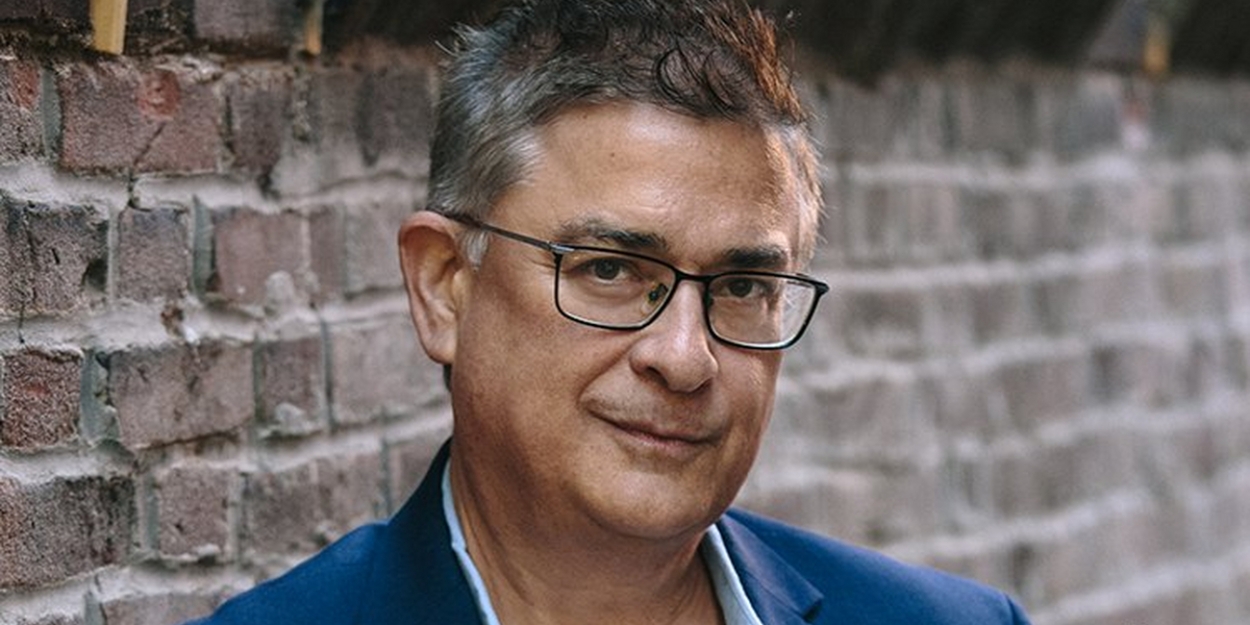American Classical Orchestra Performs ASTRONOMICAL Featuring Works By C.P.E. Bach, Berlin, Herschel, and Mozart
The performance is on Wednesday, May 8, at 7 PM at Alice Tully Hall.

Founder and Artistic Director Thomas Crawford will lead the American Classical Orchestra (ACO) in its final program of the season on Wednesday, May 8, at 7 PM at Alice Tully Hall.
The “Astronomical” title of the concert was inspired by Mozart's “Jupiter” Symphony, which anchors the evening's theme. The work is said to have gotten its nickname after Mozart's death from a London-based impresario, who said its opening chords brought to mind the chief Roman deity tossing thunderbolts from above. “Astronomical” also reflects a time in the 18th century when measuring methodologies and optical advances were inspiring, even among non-scientists, a surge of interest in natural phenomena. The evening brings these developments to light with works by Johan Daniel Berlin, known for meteorological and astronomical observations; and William Herschel, who discovered the planet Uranus. Herschel's Oboe Concerto will be performed by virtuoso oboist Gonzalo Ruiz.
Astronomical
Wednesday, May 8, 2024, 7:30 pm at Alice Tully Hall
American Classical Orchestra
Thomas Crawford, conductor
Gonzalo Ruiz, oboe
Johan Daniel Berlin: Concerto á 5 in A Major
C.P.E. Bach: Symphony in B Minor, H661 Wq182/5
William Herschel: Oboe Concerto No. 1 in E-flat Major
Wolfgang Amadeus Mozart: Symphony No. 41 in C Major, K. 551 “Jupiter”
The evening begins with Concerto á 5 in A Major by Rococo composer/astronomer Johan Daniel Berlin. Berlin is remembered as both the city musician and fire brigade captain of Trondheim, Norway. In addition, he was a surveyor and founding member of the Royal Norwegian Society of Sciences and Letters, who made a series of meteorological and celestial observations. Today, Berlin is regarded as one of Norway's first widely known composers, although few of his works remain.
Carl Philipp Emanuel (C.P.E.) Bach's Symphony in B Minor follows. Johann Sebastian Bach's 5th child and second surviving son, C.P.E. was one of Europe's foremost clavier players before becoming court musician and composer to Frederick the Great. C.P.E. came of age as the layered polyphonies of the Baroque era were giving way to simpler forms, inspired by the aesthetics of ancient Greece and Rome. He is known particularly for composing in Empfindsamer Stil (Style of Sensitivity), which embraced greater emotional expressiveness than the more mannered and restrained pre-classical genres of the time. 18th-century oboist, violinist, and composer William Herschel was also an accomplished astronomer who, in 1781, using a telescope he built, is credited for the discovery of the planet Uranus. His 1780 three-movement Oboe Concerto No. 1, written in the style of concerti grossi by Corelli and Handel, features acclaimed soloist Gonzalo Ruiz, a Juilliard faculty member and expert in historical reed-making techniques. More than two dozen of his reeds are on permanent display at the Metropolitan Museum of Art. The concert concludes with Mozart's “Jupiter” Symphony, his longest and final symphony: the last of three symphonies composed in approximately two months and completed in 1788. Widely considered Mozart's strongest work and most popular symphony, “Jupiter” is notable for its joyful energy, evocation of wonder, and rare emotional depth.
Comments

Videos

